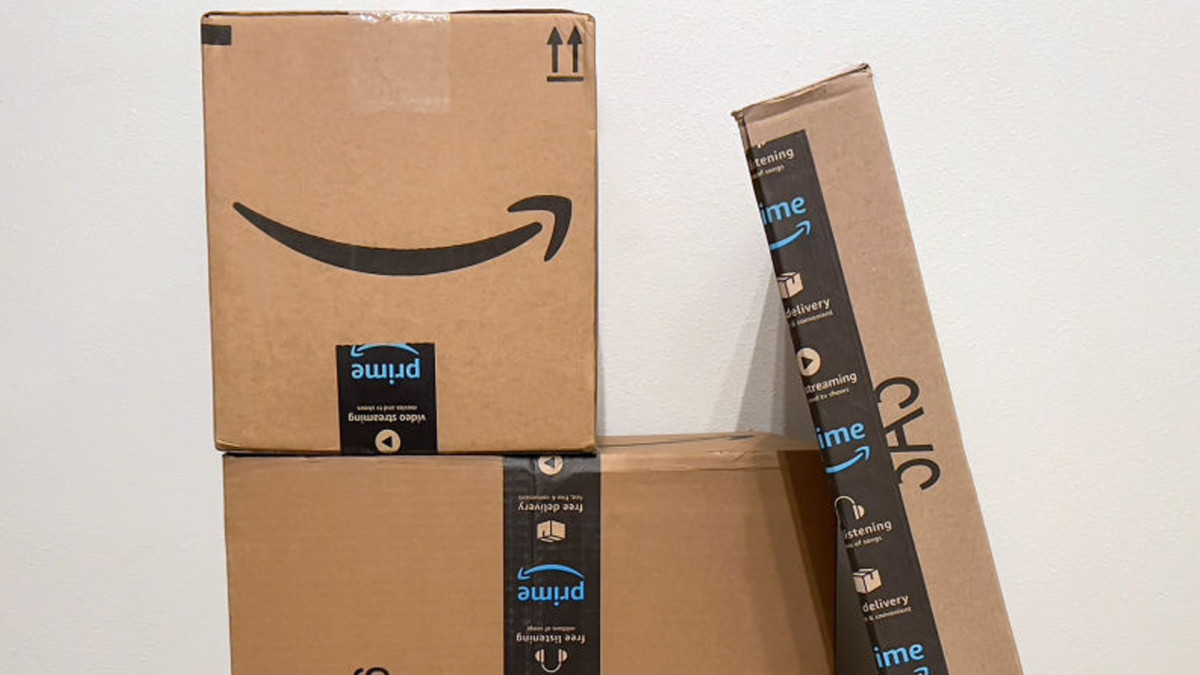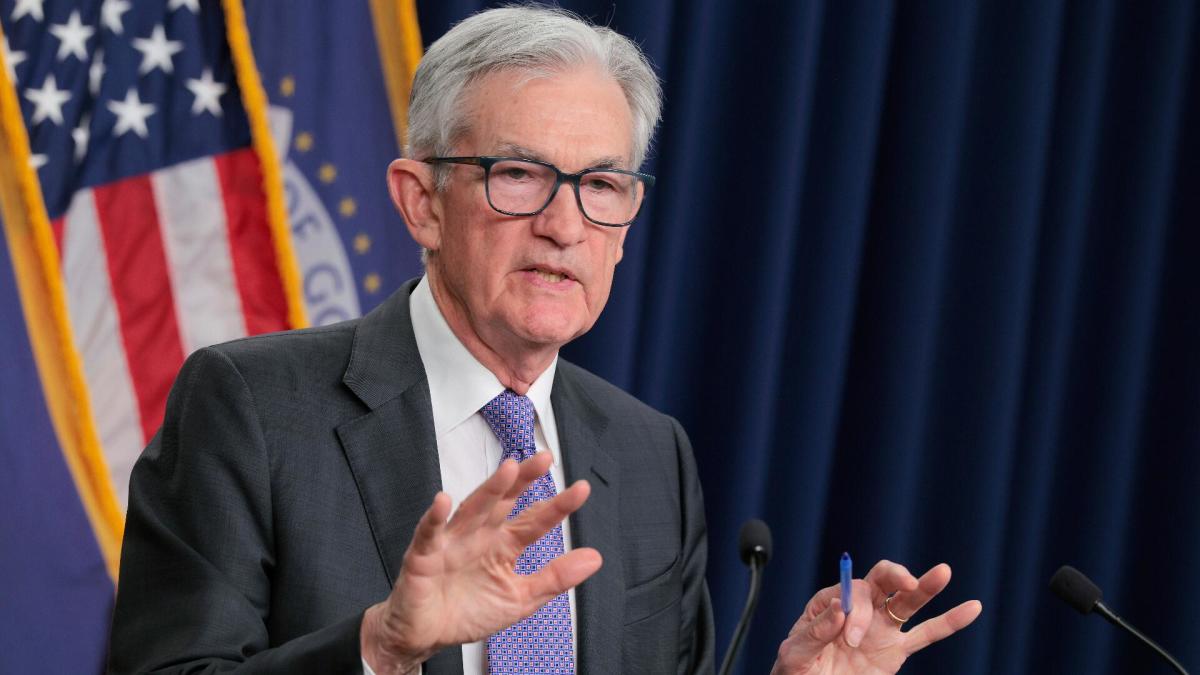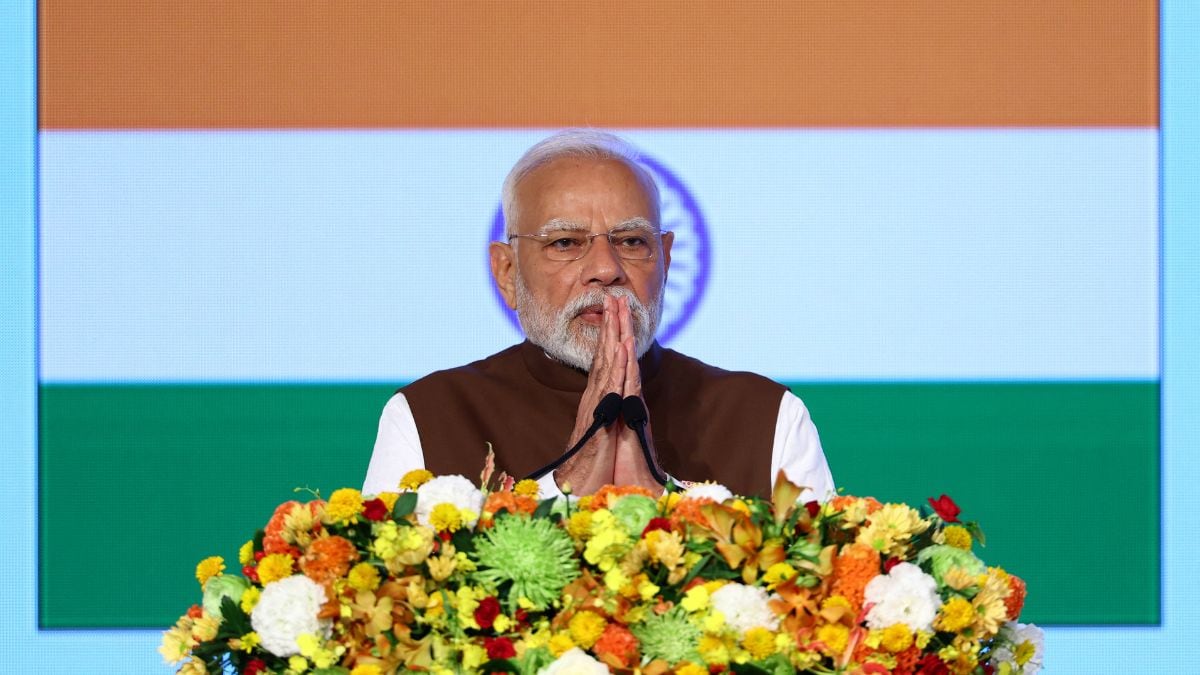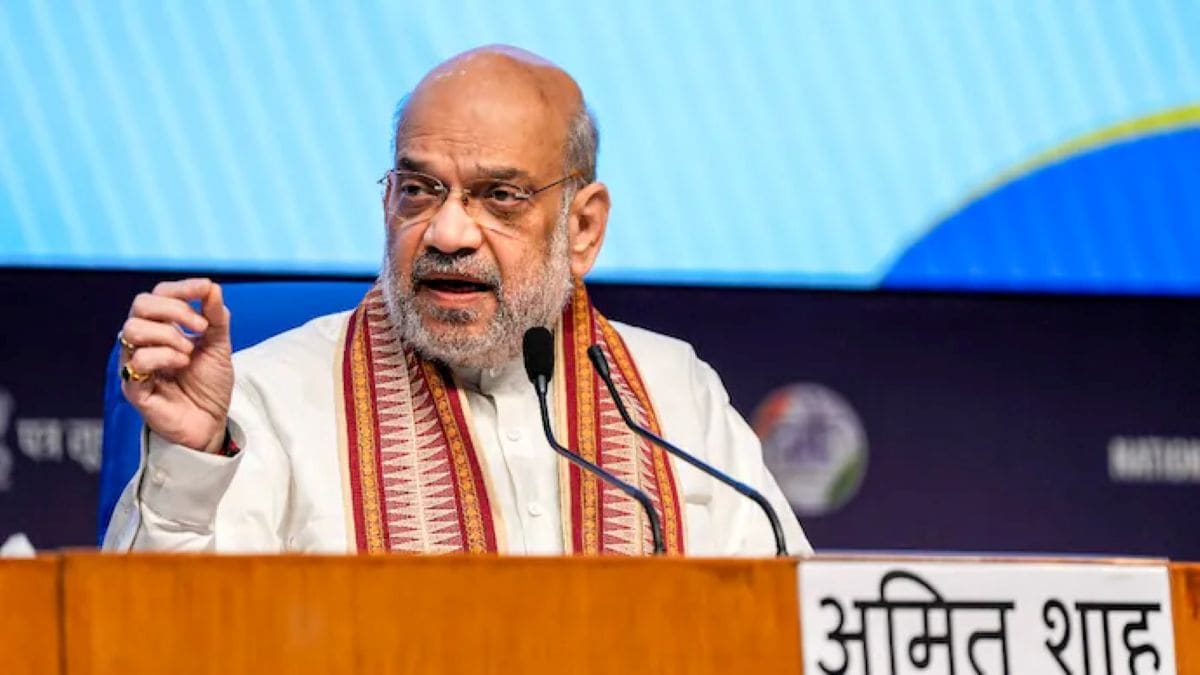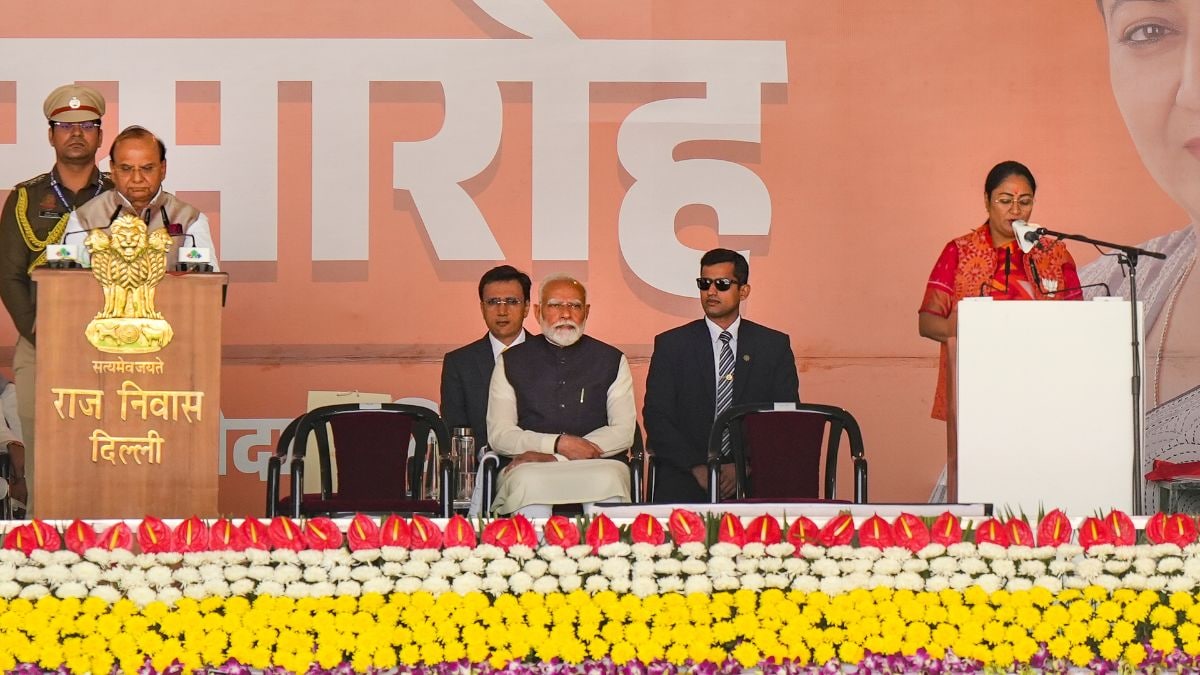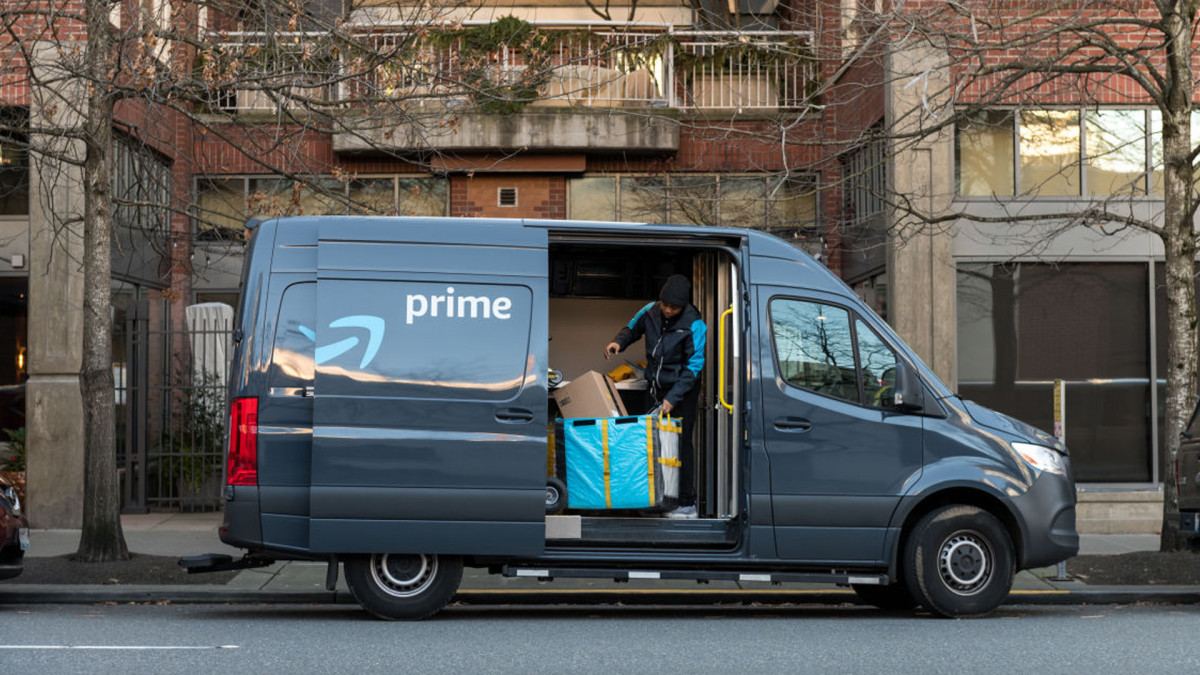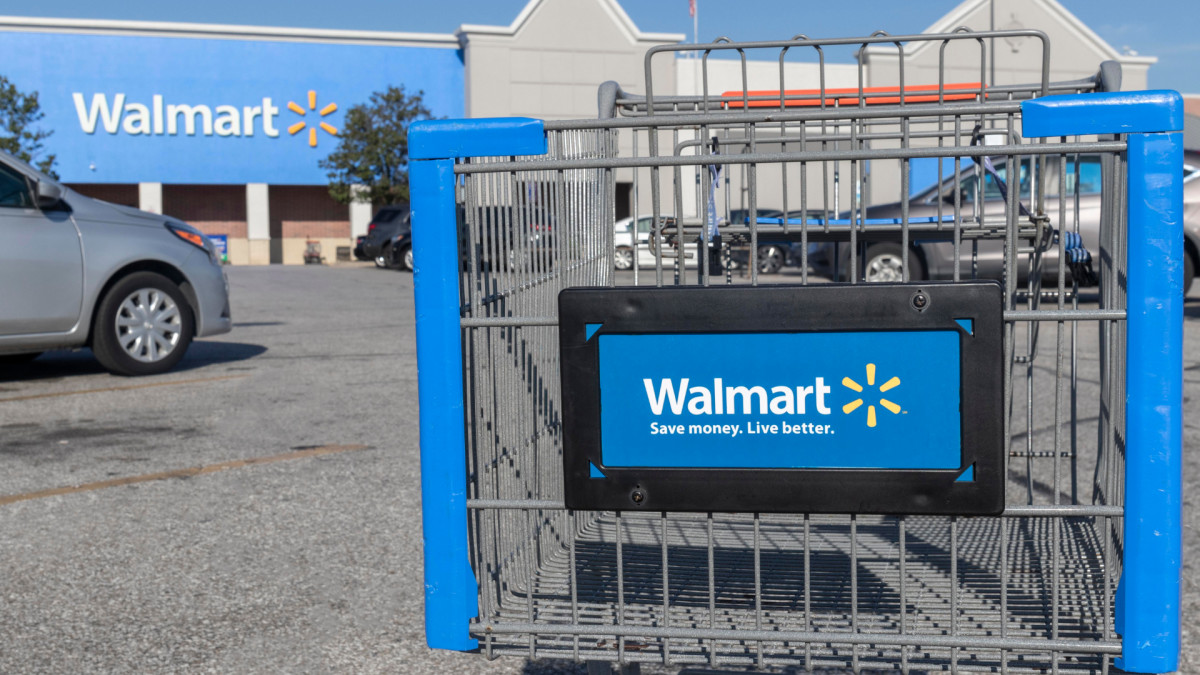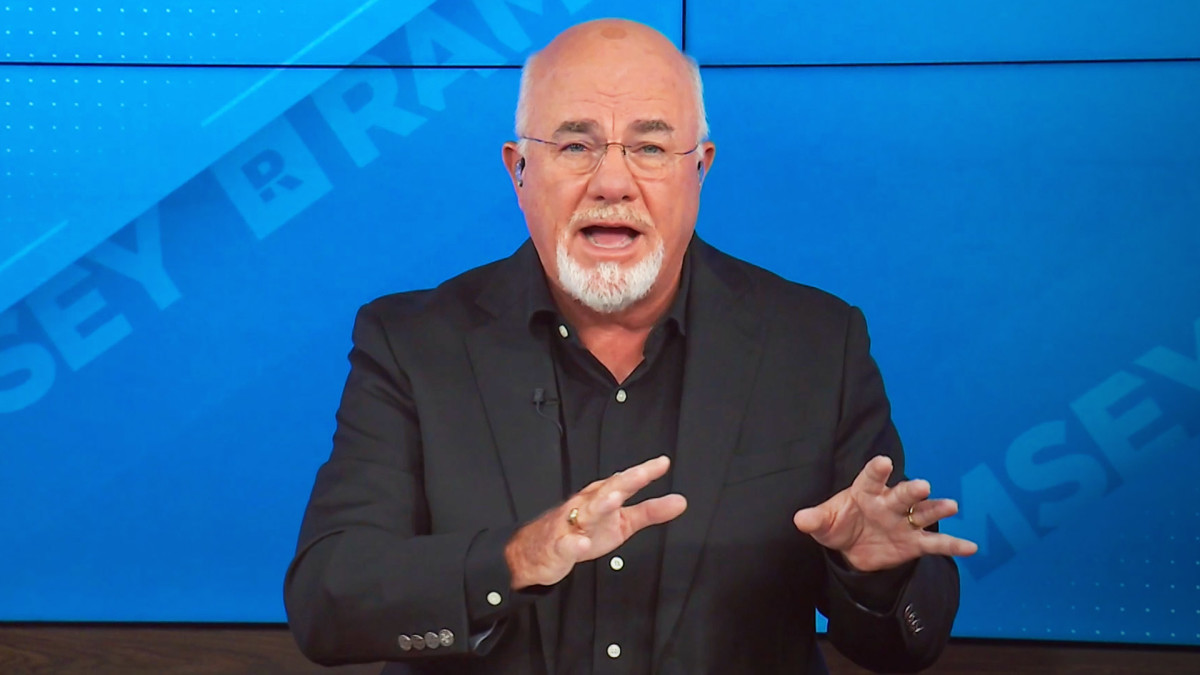AutoZone makes harsh change customers will notice in stores
The auto parts giant is pulling levers that customers may not like.
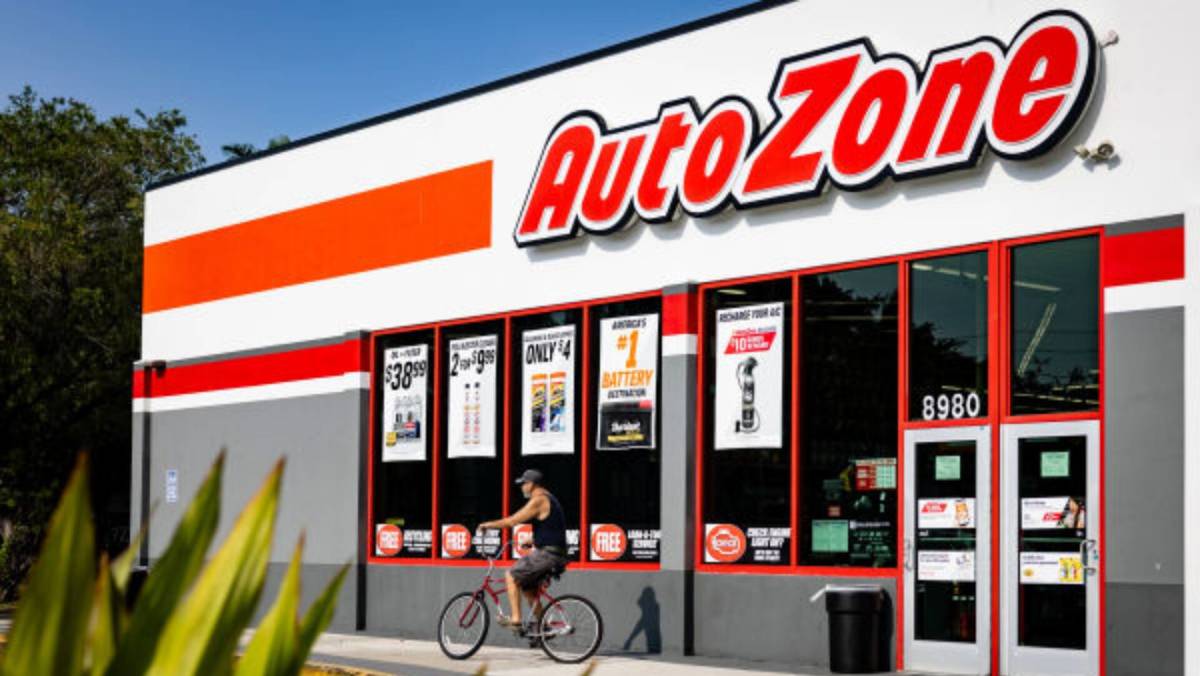
Because of President Trump's tariff-policy decisions this year, AutoZone is under increasing pressure to significantly increase prices on many of the auto parts it sells in its 6,600 U.S. stores.
The tariffs put in place so far have increased effective import taxes to 17.4%, the highest since 1935, according to Yale Budget Lab. That's a problem for auto-parts retailers, including AutoZone, because many auto parts are made in places like China, Germany and Japan.
AutoZone at a glance:
- Annual revenue in fiscal 2026 (est): $20.5 billion
- U.S. store count: 6,628, according to ScrapeHero
- Number of employees: 130,000+
AutoZone does source from U.S. manufacturers, but like its rivals, it still gets a large amount of its auto parts from overseas.
In May, as tariffs were being negotiated and implemented, AutoZone Chief Financial Officer Jamere Jackson warned customers that the company's plan wasn't to shrink its profit margin but to strong-arm vendors, find cheaper manufacturers and raise prices.
"We intend to maintain our margin profile post-tariffs," said Jackson.
The company's latest financials show that despite its best efforts, prices on its store shelves have increased by the most in recent memory. Bloomberg/Getty Images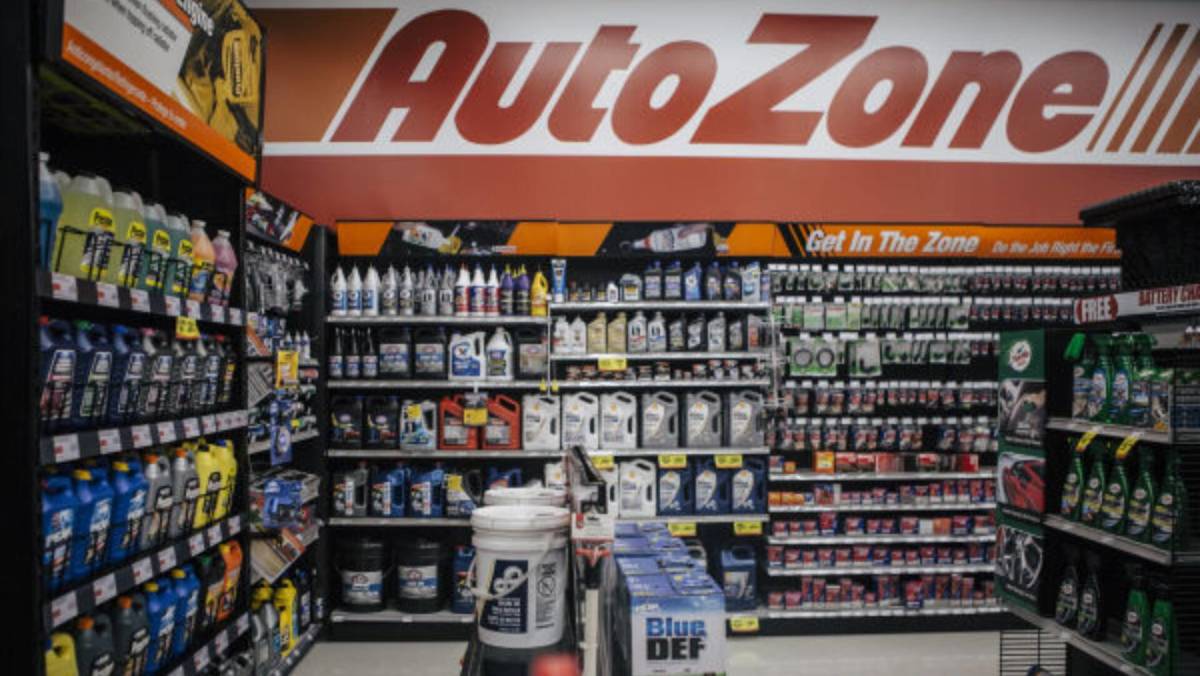
Auto-parts customers have few options
Unlike discretionary purchases like apparel, the auto-parts industry is relatively insulated from shifts in consumer behavior. If a car is broken, it needs to be fixed, and that means consumers have few options but to pay higher prices.
The situation is particularly tough for the do-it-yourself crowd, given that many are already working on their vehicles because they're cash-strapped and the cost of repairs at dealers is arguably sky-high.
"Customers can defer that maintenance for some period of time, but ultimately they realize that they've got to fix it or it creates more damage," Chief Executive Philip B. Daniele said on the earnings call this week. "There's just not a lot of elasticity variability in the categories that we play in."
That's good news for shareholders but cold comfort for customers, who have to pay more because of tariff-driven price increases.
Auto-parts prices go higher
The auto parts retail industry is highly competitive, with AutoZone facing off against national rivals like Napa, O'Reilly Auto Parts, and Advance Auto Parts, as well as local rivals.
Historically, competition — plus sourcing parts from Asia, where they're cheaper to produce has kept a lid on shoppers' prices. That's changing.
Related: Stellantis makes a decision some Ram pickup fans will hate
In May, Daniele said, "If you think about what's happened with our average ticket over the last 12 to 18 months, it's been relatively flat. ... If tariff costs ultimately do materialize, I would think we would probably get back closer to that 3% average ticket growth."
Sure enough, that's materialized, and 3% growth is likely the floor, not the ceiling, for price increases.
This week, AutoZone's Jackson told investors to expect "at least 3% inflation" despite "negotiating with our vendors" to absorb some of the hit.
There's a chance for higher price increases than that, though.
"What we anticipate going forward is that you could see another couple of mid-single-digit increments of inflation as we work our way through tariffs and build our inventory accordingly," said Jackson.
AutoZone recognizes that customers don't want to pay more, but he points out that DIY prices remain far below dealership costs, and most purchases aren't too costly. So single-digit price increases are typically manageable for most shoppers, he says.
"Ticket averages that we're talking about here are somewhere in the mid-$35 to $40 on DIY and they're $60 to $90 on the commercial side, depending on the category and the job that's being done, so that an incremental 1%, 2%, 3% or 5% is not a significant dollar amount," said Daniele. "It's a little easier for the consumer to swallow that price."
So far, higher prices haven't dented foot traffic at AutoZone stores. According to Placer.ai, store visits in July and August were "essentially flat."
AutoZone's financials face a headwind
AutoZone uses last-in, first-out accounting, so price increases because of tariffs are causing it to take LIFO charges on its financials. In the June quarter, AutoZone took an $80 million LIFO charge, reducing margins and earnings per share.
Excluding the charge, its earnings per share would have been up 8.7% from one year ago, rather than only 1.3%.
The charge will increase to $120 million this quarter (fiscal Q1). Jackson says, "We're continuing to experience higher costs due to tariffs that impact our LIFO layers."
From there, AutoZone is modeling LIFO charges above $80 million per quarter throughout its fiscal year.
"For the subsequent quarters, Q2, Q3, Q4. I would say over those 3 quarters right now, our modeling is probably in $80 million to $85 millionish-a-quarter range," said Jackson.
Overall, AutoZone's price increases, vendor concessions, and new stores are offsetting the drag. Sales last quarter were up 1% to $6.24 billion.
The company aims to open at least 325 stores this year and 500 stores annually by 2028, including 200 stores internationally. Wall Street expects sales to total $20.5 billion in fiscal 2026. At Aug. 30 the company operated a total of 7,657 stores in the U.S. and internationally.
AutoZone revenue by fiscal year:
- 2025: $18.9 billion
- 2024: $18.5 billion
- 2023: $17.4 billion
- 2022: $16.3 billion
- 2021: $14.6 billion
Source: AutoZone 10-K filings with the SEC
Wall Street weighs in on AutoZone
AutoZone's stock price has risen sharply this year, reaching a new high in early September and up 31% year-to-date, handily outpacing the S&P 500's 13% gain.
After the company's quarterly update, Bank of America analysts wrote:
We are confident in AZO's recession-resilient history, ongoing share gains in both DIY and Pro, potential inflation benefit from price increases, potentially more favorable used vs. new car dynamics, continued Pro tailwind from maturing commercial programs and rollout of hubs and megahubs.
Bank of America rates AutoZone strong buy with a price target of $4,800.
Meanwhile, Morgan Stanley is also optimistic, expecting the retailer to "continue gaining share in fiscal 26e as pricing stays rational and strategic growth initiatives pay off." The firm lifted its price target to $4,700 from $4,000.
Given that the average vehicle in the U.S. is 12.6 years old, according to S&P Global, older cars are likely to continue to support store visits and AutoZone sales, despite the higher prices.
Related: Jaguar Land Rover nightmare scenario won't end for another week
What's Your Reaction?



























